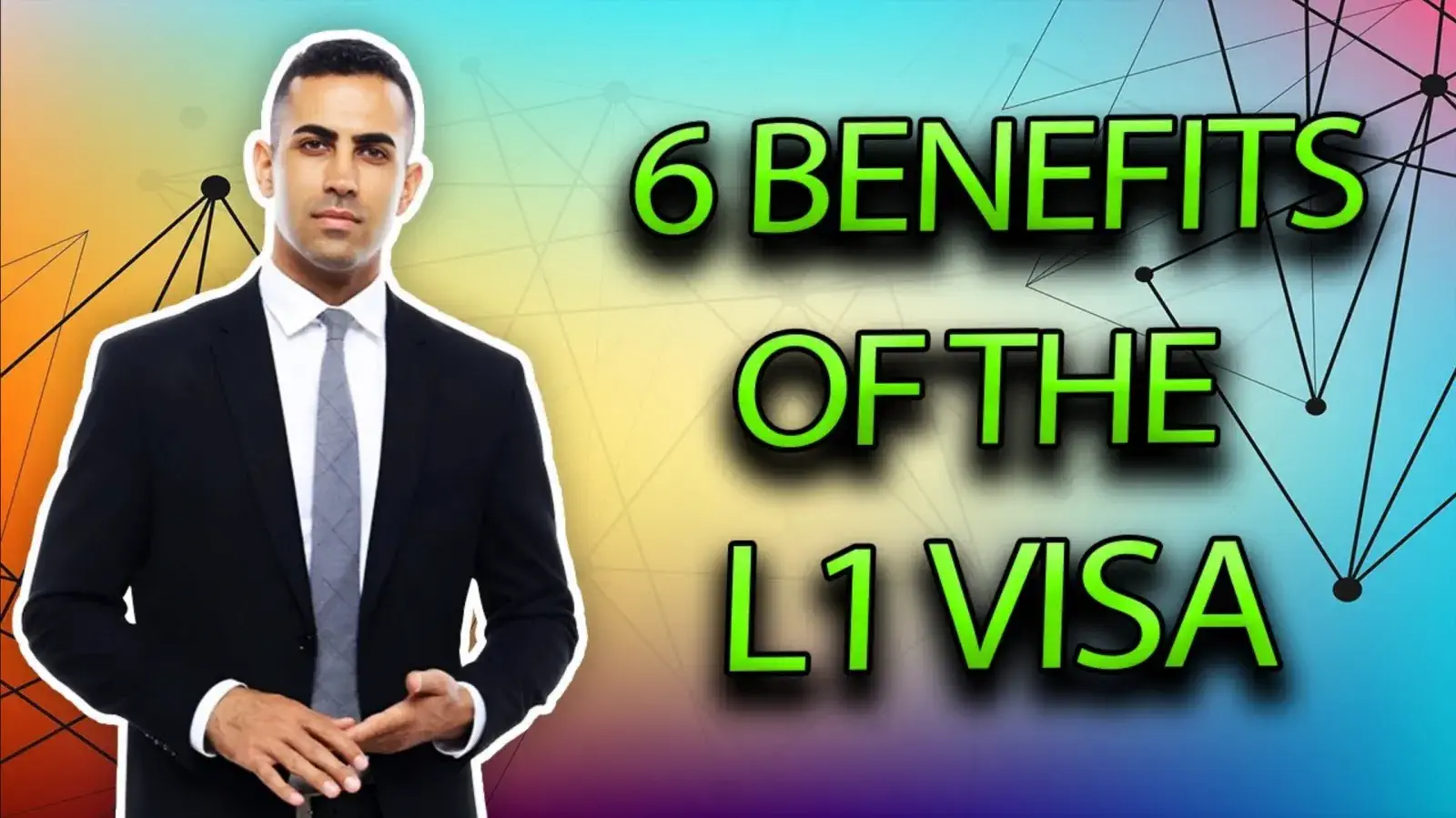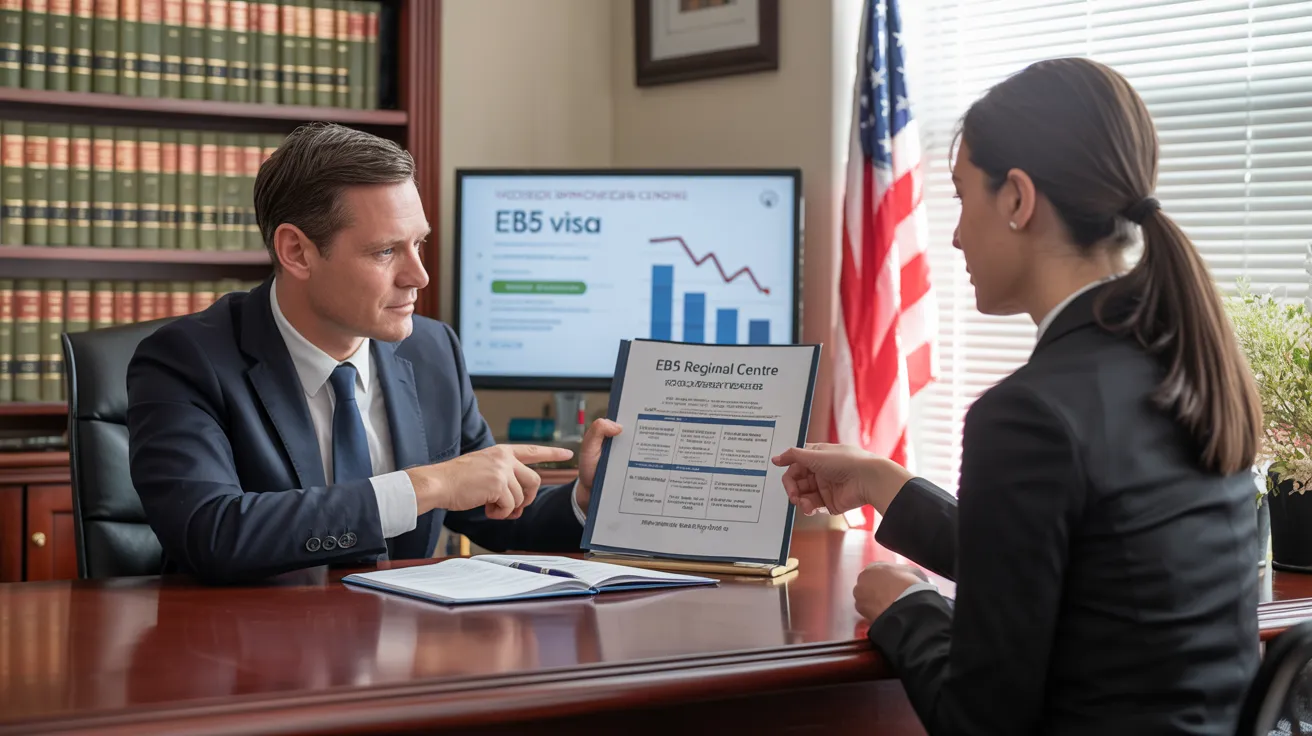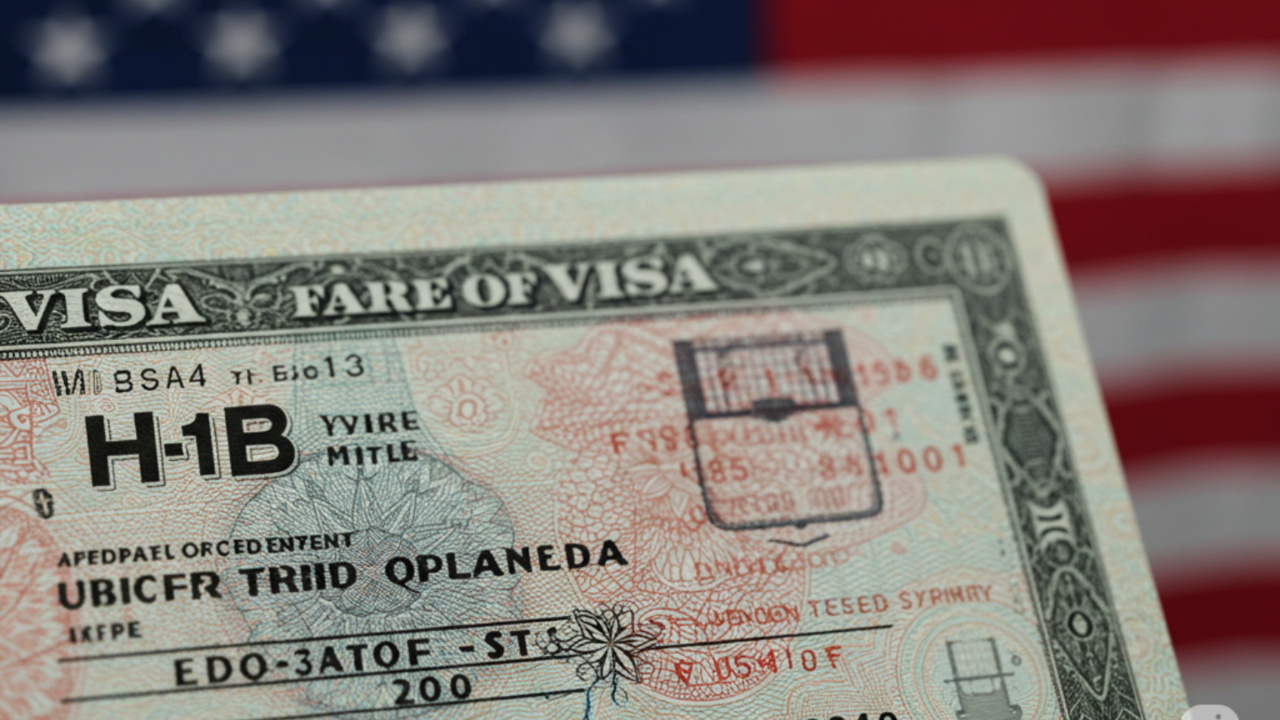The smart Trick of L1 Visa That Nobody is Discussing
Table of ContentsGetting My L1 copyright WorkL1 Visa Can Be Fun For AnyoneThe smart Trick of L1 Visa That Nobody is DiscussingSome Known Incorrect Statements About L1 Visa The L1 Visa DiariesL1 Visa Things To Know Before You Get This
Readily Available from ProQuest Dissertations & Theses Worldwide; Social Scientific Research Premium Collection. DHS Office of the Examiner General. Obtained 2023-03-26.
U.S. Department of State. Fetched 2023-02-08. Tamen, Joan Fleischer (August 10, 2013).
A Biased View of L1 Visa
In order to be eligible for the L-1 visa, the international business abroad where the Recipient was employed and the U.S. business need to have a qualifying partnership at the time of the transfer. The various kinds of certifying relationships are: 1. Parent-Subsidiary: The Moms and dad indicates a firm, company, or various other legal entity which has subsidiaries that it possesses and controls."Subsidiary" implies a firm, company, or other legal entity of which a parent has, directly or indirectly, greater than 50% of the entity, OR has much less than 50% yet has monitoring control of the entity.
Firm An owns 100% of the shares of Business B.Company A is the Moms And Dad and Firm B is a subsidiary. There is a qualifying partnership between the 2 firms and Firm B should be able to sponsor the Recipient.
Company An owns 40% of Firm B. The remaining 60% is owned and regulated by Firm C, which has no relation to Firm A.Since Company A and B do not have a parent-subsidiary partnership, Company A can not sponsor the Recipient for L-1.
Firm An owns 40% of Company B. The remaining 60% is owned by Business C, which has no relation to Business A. However, Company A, by official arrangement, controls and complete takes care of Firm B.Since Company A possesses less than 50% of Business B however manages and manages the company, there is a certifying parent-subsidiary connection and Business A can sponsor the Beneficiary for L-1.
10 Easy Facts About L1 Visa Explained
Affiliate: An affiliate is 1 of 2 subsidiaries thar are both possessed and regulated by the very same moms and dad or individual, or owned and controlled by the exact same group of individuals, in generally the same ratios. a. Example 1: Company A is incorporated in Ghana and employs the Recipient. Business B is incorporated in the U.S.
Company C, additionally integrated in Ghana, has 100% of Firm A and 100% of Company B.Therefore, Business A and Firm B are "associates" or sister business and a qualifying partnership exists between the 2 companies. Business B need to be able to fund the Beneficiary. b. Instance 2: Company A is incorporated in the U.S.
Company A is 60% owned by Mrs. Smith, 20% possessed by Mr. Doe, and 20% had by Ms. Brown. Business B is included in Colombia and currently utilizes the Recipient. Company B is 65% had by Mrs. Smith, 15% owned by Mr. Doe, and 20% possessed by Ms. Brown. Company A and Company B are affiliates and have a certifying connection in two various ways: Mrs.
The L-1 visa is an employment-based visa category established by Congress in 1970, enabling multinational firms to transfer their managers, executives, or crucial personnel to their U.S. procedures. It is frequently referred to as the intracompany transferee visa.

Additionally, the recipient should have operated in a supervisory, executive, or specialized employee setting for one year within the 3 years coming before the L-1A application find out more in the foreign company. For new office applications, foreign employment needs to have been in a supervisory or executive capacity if the recipient is coming to the United States to work as a supervisor or executive.
What Does L1 Visa Mean?

If given for a united state business operational for even more than one year, the first L-1B visa is for approximately three years and can be expanded for an added two years (L1 Visa). On the other hand, if the U.S. company is newly established or has been operational for less than one year, the first L-1B visa is provided for one year, with expansions available in two-year increments
The L-1 visa is an employment-based visa category established by Congress in 1970, permitting multinational firms to move their supervisors, executives, or crucial workers to their U.S. operations. It is typically referred to as the intracompany transferee visa.
See This Report about L1 Visa
In addition, the recipient needs to have worked in a supervisory, exec, or specialized staff member setting for one year within the three years coming before the L-1A application in the foreign firm. For new read more workplace applications, international employment should have remained in a supervisory or executive capacity if the recipient is concerning the USA to function as a supervisor or exec.
for as much as seven years to supervise the operations of the U.S. associate as an executive or supervisor. If issued for an U.S. company that has been functional for more than one year, the L-1A visa is initially granted for approximately three years and can be expanded in two-year increments.
If provided for an U.S. business operational for more than one year, the first L-1B visa is for as L1 Visa attorney much as three years and can be expanded for an additional two years. Alternatively, if the united state business is recently established or has actually been operational for much less than one year, the initial L-1B visa is released for one year, with extensions readily available in two-year increments.